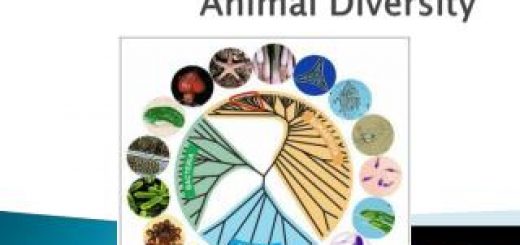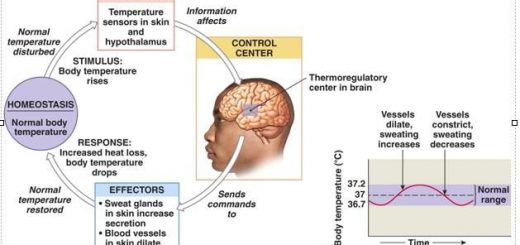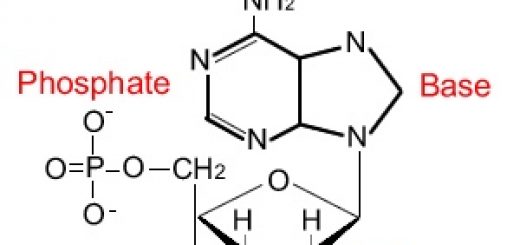Structure of Cytoplasm, The function of centrosome and Cytoplasmic inclusions
The cytoplasm is sometimes described as the non-nuclear content of the protoplasm, It is the semi-viscous ground substance of the cell, It is the substance of life, it serves as a molecular soup, in the cytoplasm, all the cellular organelles are suspended and are bound together by a lipid bilayer membrane, All the cellular contents in prokaryotes are contained within the cell’s cytoplasm, In eukaryote organisms, the nucleus of the cell is separated from the cytoplasm.
Structure of Cytoplasm
The main components of the cytoplasm are Cytosol which is a gel-like substance, Organelles which are the cell’s internal sub-structures, and various cytoplasmic inclusions. The cytosol mainly consists of cytoskeleton filaments, organic molecules, salt, and water, It is a gelatinous fluid, where the other components of the cytoplasm remain suspended. All the volume of such substance outside the nucleus and inside the plasma membrane is cytoplasm.
The centrosome
It is a non-membranous organelle found close to the nucleus.
EM picture
- It is a paired structure formed of 2 centrioles arranged perpendicular to each other.
- Each centriole is composed of 9 triplets of microtubules with a sum of 27 microtubules.
- Each triplet is composed of three microtubules (one complete microtubule formed of 13 protofilaments and 2 incomplete microtubules each is formed of 10 protofilaments).
Function of centrosome
- The centrosome is the microtubule-organizing center.
- Formation of mitotic spindles in dividing cells.
- Centrioles are essential in the formation of cilia and flagella.
Cytoplasmic inclusions
They are metabolically-inert transient components of the cytoplasm. They represent stored material or byproducts of metabolism.
Glycogen
Carbohydrates are stored in all animal cells in the form of glycogen mainly in the liver and muscle cells.
LM picture
In routine histological preparations (H & E): glycogen is not visualized because they dissolve during the preparation of the specimen leaving a pale vacuolated cytoplasm. Using special stains e.g. periodic-acid Schiff reaction (PAS) glycogen appears magenta red and by Best’s carmine stain glycogen appears bright red.
EM picture: It is visible as dense granules, larger than ribosomes. In the cytoplasm of hepatocytes, glycogen appears as rosette-shaped aggregates.
Lipids
They serve as an energy source and can be used by the cell for synthesis of membranes and other lipid-rich structured components e.g. steroid hormones. Most of the lipids stored in the body are in the adipocytes, many other cell types contain few small lipid droplets.
LM picture
In H & E stained sections: lipid droplets are not visualized because they dissolve during the preparation of the specimen leaving a pale vacuolated cytoplasm. Using special stains e.g. osmium tetroxide lipid droplets appear black.
EM picture: lipids appear in the form of grey non-membrane bounded small droplets or large globules.
Proteins
- They are present in protein-synthesizing glandular epithelial cells e.g.salivary and pancreatic acini.
- LM picture: eosinophilic zymogen granules.
- EM picture: electron-dense membrane-bounded secretory granules stored for exocytosis.
Pigments
These are substances seen with their natural color. They may be Endogenous pigments (formed in the cells) and Exogenous pigments (introduced into the cells).
Endogenous pigments (formed in the cells) as:
- Hemoglobin, which is the most abundant pigment in the body. It is the oxygen-carrying red pigment of red blood cells.
- Hemosiderin, brownish granules in phagocytic cells of the liver and spleen following phagocytosis and digestion of old RBCs.
- Melanin pigment granules cause the pigmentation of the skin and hair. They are brown to black granules.
- Lipofuscin pigment granules (wear-and-tear pigment), a yellow-brown pigment present in cells with long life span as cardiac muscle fibers and nerve cells (Refer to lysosomal function).
Exogenous pigments (introduced into the cells) as:
- Tattooing, where colored pigments are introduced into the deep layers of the skin.
- Dust and smoke, present in the lung tissue of smokers and people living in polluted areas.
Cytoplasmic organelles, Ribosomes & Endoplasmic reticulum function, structure & definition
Cell Structure, the function of Golgi apparatus, Endosomes & Lysosomes
The function of Cytoplasmic organelles, Mitochondria, Peroxisomes & Cytoskeleton
Nucleus components, function, diagram & classification of chromosomes
Histology, Molecular structure of the cell membrane, Cell function & structure



